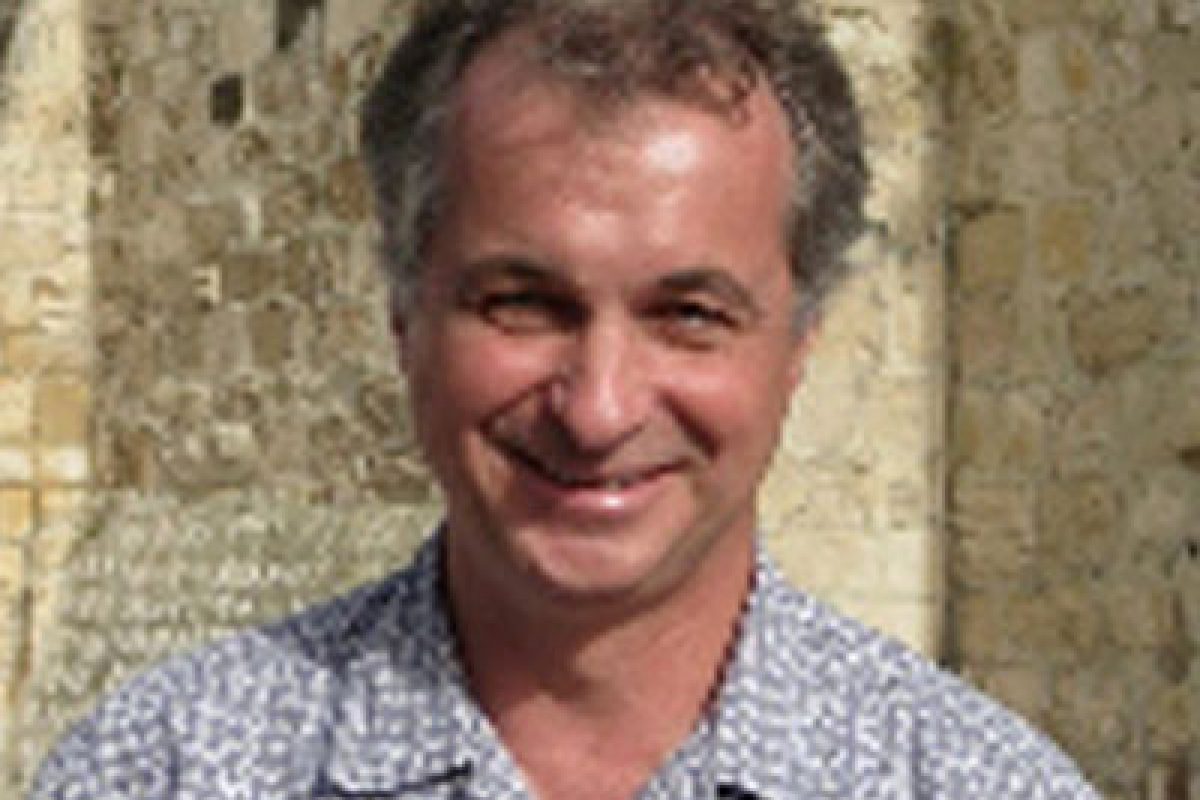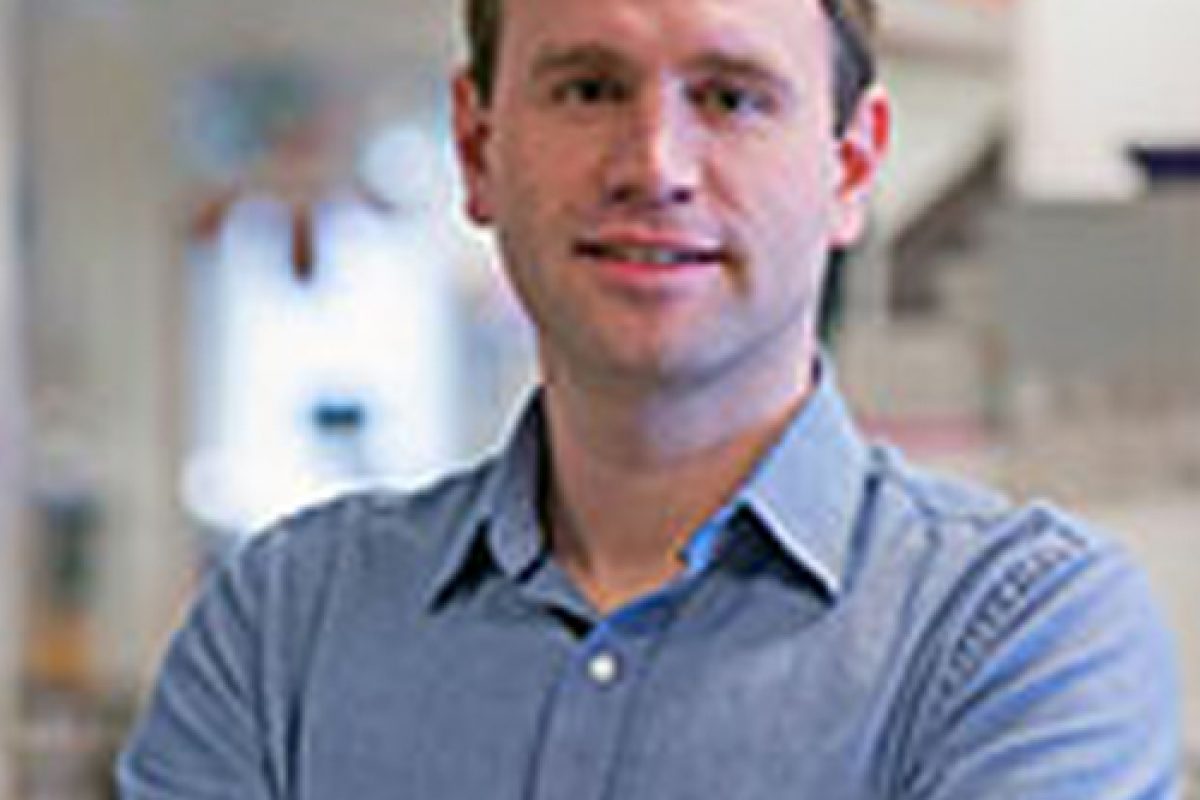Our work is broadly characterized by three major themes.
First, we are defining the molecular factors regulating 3D chromatin spatial positioning. We have shown that lamina-chromatin interactions (lamina-associated domains or LADs) mediate cardiomyocyte differentiation during cardiac development, establishing physiologic relevance of spatial positioning. More recently, we have shown that pathogenic LMNA variants associated with cardiomyopathy compromise genome organization at the nuclear lamina in cardiomyocytes but not in hepatocytes or adipocytes. The disruption in lamina-chromatin interactions is targeted and results in the misexpression of non-myocyte genes in mutant cardiomyocytes. Finally, we have generated an atlas of lamina-chromatin interactions across multiple human cell types and defined a new, intermediate LAD state. Collectively, my work has shown that 3D spatial positioning regulates cardiac myocyte cellular identity and contributes to phenotypes observed in human laminopathies. We are now working to reveal the molecular mechanisms underlying spatial positioning, using genome-wide screens, mouse and human iPSC models, high resolution imaging and genomics. We work closely with the Joyce and Lakadamyali laboratories. This work has been supported by my NIH New Innovator award (DP2HL147123) and expanded by our interactions with the 4D Nucleome Consortium (U01DA052715).
A second major area of investigation in the laboratory is understanding how Bromodomain and Extraterminal Domain (BET) proteins regulate cardiac cell fate and state. I first became interested in BET proteins as an undergraduate in the Tjian laboratory (PMID: 12620225). In my program, we are examining the cell type specific roles of individual BET proteins in cardiac cell types, with a particular focus on BRD4. We have shown that BRD4 gains locus-specificity in adult cardiac myocytes by interacting with GATA4. Most recently, my group discovered a novel role for BRD4 in genome folding by regulating stability of cohesin on chromatin. Loss of BRD4 in neural crest results in phenotypes resembling human syndromes associated with mutations in cohesin and associated proteins which we mechanistically attribute to the role of BRD4 in genome folding. Our data is amongst the first demonstrating the functional relevance of genome folding to cellular identity. We are extending this work to identify other regulators of genome folding, their mechanism of action and relevance to development and disease. The work is supported by an NHLBI R01 (HL139783).
Our work is further advanced by a third theme in longstanding collaborative work with the Raj lab to elucidate determinants of cellular plasticity, which may inform our understanding of transdifferentiation. My group has shown demonstrated the lineage relationships in various tissues and organs, both in vivo and in vitro. Taken together, our studies suggest that lineage plasticity exists and helps maintain tissue homeostasis. This is funded through a Transformative Research Award (R01GM137425).
My lab strives to explain our science to the lay public:
https://www.youtube.com/watch?v=fthq4chhrGo&list=LL&index=1&t=1s
https://www.youtube.com/watch?v=t2uOlbohsNo&list=LL&index=2&t=271s
Research Interest
Our research program is driven by the central hypothesis that three-dimensional (3D) genome organization orchestrates the establishment and maintenance of cardiac cellular identity. Uncovering the molecular mechanisms that guide nuclear architecture will transform our understanding of how coordinated gene expression is regulated and cellular identity is achieved. Progenitor cells progressively restrict their lineage potential during cardiac development. The mechanisms that establish and maintain cellular identity through mitosis and over a lifespan underlie health. Compromised differentiation and identity have been linked to several diseases. Models underlying fate determination and identity often focus on transcription factors and/or niche signals. Current paradigms fail to reconcile how the interplay between a finite number of morphogens and lineage specific transcription factors result in 200+ cell types with distinct and stable identities. We posit that nuclear architecture represents a critical mechanism for achieving coordinated regulation of hundreds of genes underlying cellular identity by governing their accessibility or availability. My interdisciplinary training and research program in developmental biology and epigenetics, background as a practicing cardiologist, collaborative network have allowed me to build a strong body of work demonstrating that nuclear architecture regulates cellular identity in development and disease. We aim to decipher the rules governing spatial positioning of loci and genome folding, and to reveal their importance to cardiac development and disease.










